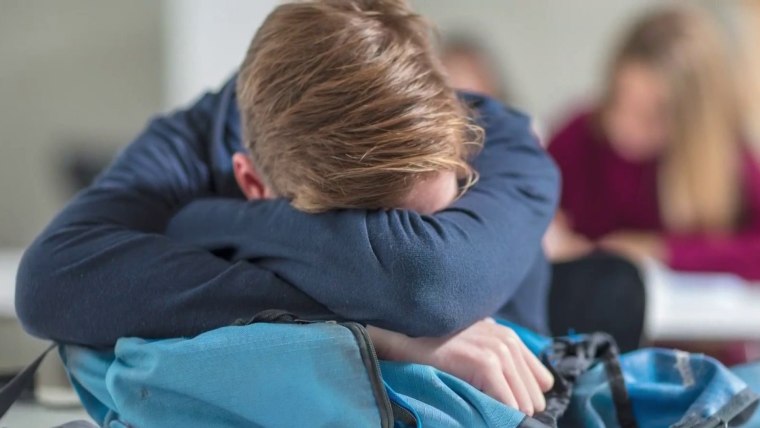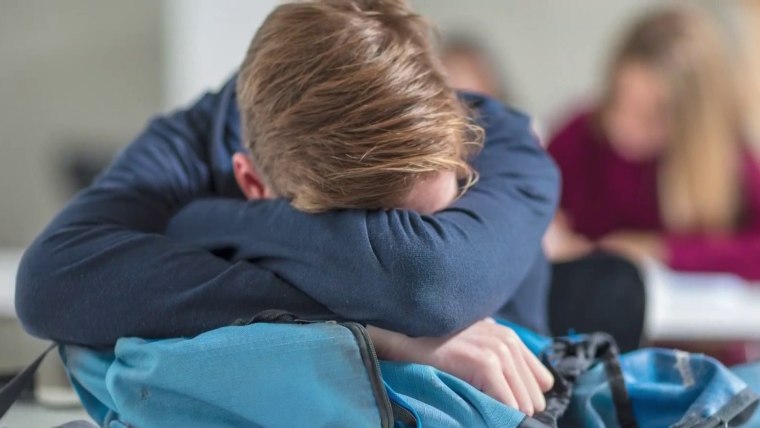An extensive new look at anxiety and depression among children and teenagers finds the mental health concerns were a major public health problem even before the Covid-19 pandemic hit.
The Centers for Disease Control and Prevention reported Thursday that 1 in 5 teenagers in the United States had at some point experienced an episode of major depression: unshakeable and worrisome feelings of sadness and hopelessness lasting for at least two weeks.
Full coverage of the Covid-19 pandemic
The data were pulled from nine federal surveillance systems of children’s mental health, including the National Health and Nutrition Examination Survey, the National Survey on Drug Use and Health, and the Youth Risk Behavior Survey. Data were collected from 2013 through 2019.
The report didn’t include, however, data from 2020 onward, a time that saw startling increases in stress and anxiety among children due to the pandemic. A previous CDC report found that emergency room visits related to children’s mental health rose dramatically in 2020, compared with 2019.
“The fact that this report precedes the pandemic is stunning,” said Dr. Richard Besser, a pediatrician and the president of the Robert Wood Johnson Foundation. “What is says to me is that this is a dramatic underestimation in terms of how significant this crisis truly is.”
“I would view a report like this as a harbinger of a much worse situation that we’ll be seeing the next time a report comes out,” he added.
The mental health problems detailed in the new CDC report go far beyond typical teenage moodiness that comes and goes.
In 2019, more than one-third of high school students reported “persistently feeling sad or hopeless in the past year,” the study found.
Nearly 1 in 5 teens had seriously considered dying by suicide. About 7 in 100,000 children and teens, 10 to 19 years old, died by suicide in 2018 and 2019.
From 2011 through 2019, suicide was the second leading cause of death among young people ages 10 to 29 in the U.S., after accidents and unintentional injuries.
Download the NBC News app for full coverage of the Covid-19 pandemic
Girls generally had higher levels of depression than boys.
And anxiety disorders — characterized by excessive fears and worries — started at early ages. The report found 2 percent of children ages 3 to 5 had anxiety. That percentage increased to 13.7 percent for those ages 12 to 17.
Among children up through age 17, just 10 percent had received mental health services, the report found.
Besser said parents and caregivers can watch for signs that children may be struggling with sadness or anxiety, including sudden changes in behavior, problems with grades and/or friends, and a lack of fulfillment in activities they previously enjoyed.
If you or someone you know is in crisis, call the National Suicide Prevention Lifeline at 800-273-8255, text HOME to 741741 or visit SpeakingOfSuicide.com/resources.
Follow NBC HEALTH on Twitter & Facebook.


